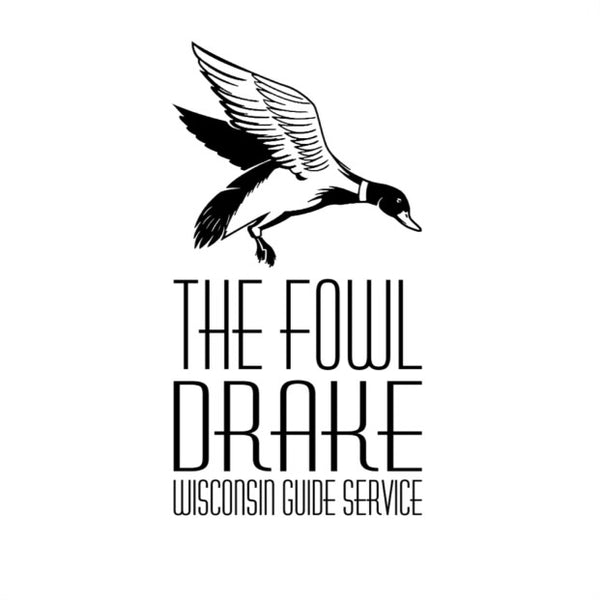Introduction
Waterfowl undergo an annual molting process where they shed their old feathers and grow new ones. This process can affect the coloration of their feathers, making it an important consideration for hunters and birdwatchers alike. In this blog post, we will discuss the color molt process in waterfowl and how it can affect their appearance.
The Molting Process
Waterfowl molt their feathers in a specific order, starting with their flight feathers and progressing to their body feathers. During this process, the old feathers are shed and new ones grow in their place. This can take several weeks or even months, depending on the species of waterfowl and their age.
Coloration Changes
The molt process can also affect the coloration of waterfowl feathers. This is because the new feathers that grow in during the molt may have a different color or pattern than the old feathers. This can make it difficult to identify individual birds, as their appearance may change significantly from one molt to the next.
Seasonal Coloration
In addition to the molt process, waterfowl may also exhibit seasonal coloration changes. For example, male ducks may have a more colorful plumage during the breeding season than they do during the rest of the year. This can be an important factor for hunters, as it can help them to identify the sex of the bird and determine whether it is legal game.
Conclusion
Understanding the color molt process in waterfowl is an important consideration for hunters and birdwatchers alike. By knowing how the molt process affects the appearance of waterfowl feathers, you can better identify individual birds and determine their sex and age. Remember to always follow all state and federal hunting regulations, and to practice responsible and ethical hunting practices. Happy hunting!

